Tips To Save On A Ruby Engagement Ring
Ruby engagement rings are a trifecta of an appealing color, magisterial hardness, and an eventful history.
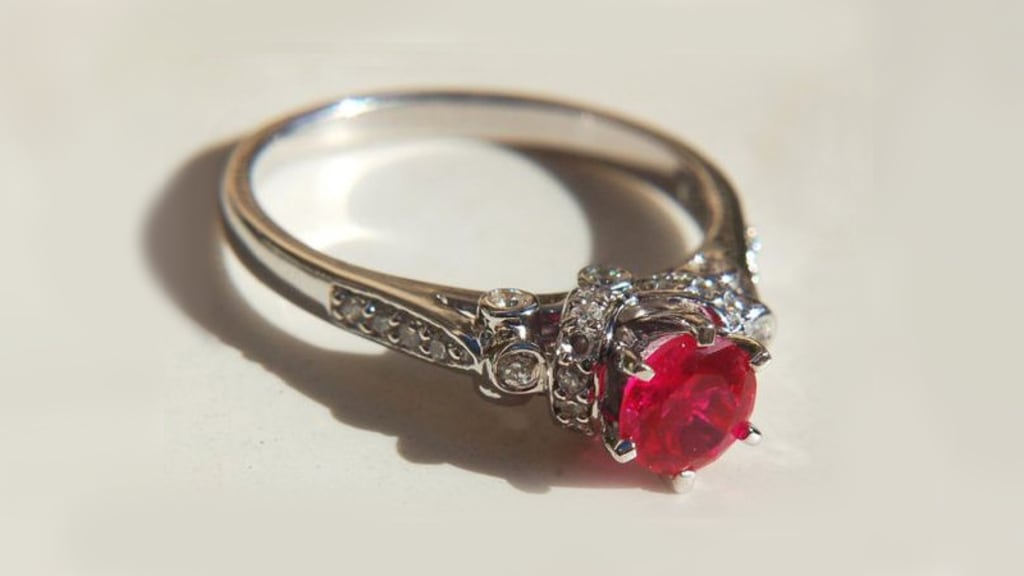
Ruby engagement rings are a trifecta of an appealing color, magisterial hardness, and an eventful history. But getting a ruby engagement ring that stands out without hurting your budget is challenging; the only downside with ruby engagement rings is that they come with a hefty price tag. Learn about getting a ruby engagement ring on a budget with this guide.
Source calls the shots
The very first thing that you need to decide on is the source of your ruby centerstone. That’s because the source of your ruby can make a big difference in its price; rubies from Burma have intense color, so they carry a premium over those from other sources. Rubies from Mozambique also sell for far more than rubies from other origins. Ruby's source plays an important role in determining the gemstone’s price.

The famous Cs
The best way to avoid breaking the bank is by getting your ruby centerstone from a reputed online jewelry seller. Due to the tough competition among online sellers, you might get the stone at a reasonable price. In order to best select the ruby centerstone of your dreams, you need to understand ruby’s quality and grading factors. These factors are famously known as the 4Cs - color, cut, clarity & carat weight.
Color
A perfect ruby, as regards color, is the one you love. Color is the most important aspect of a ruby which affects its quality and price. The top-quality rubies are pigeon blood rubies because they have a pure, medium-dark hue. But these can cost you an arm and a leg. So, it’s better to compromise with the color of your ruby centerstone by choosing a less expensive one with a secondary hue.
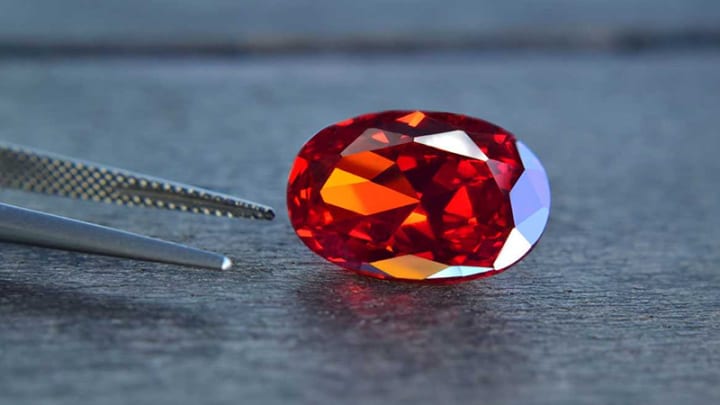
Secondary hues
In terms of secondary hues, strong purple hues in top-quality rubies result in a markdown. Also, as secondary orange hues aren’t much coveted in rubies, such gems come at a discount. Rubies with brown hues are also less expensive because brown hues result in a muted look. What else influences the price of a ruby is how dark the stone is. Although dark red rubies are full of fire and appeal, they command high prices.

Clarity
During the formation of natural gemstones under immense heat and pressure, some minerals - crystals, gas bubbles, liquid or fractures - get trapped inside the stones. These are known as gemstone inclusions. Put a pin on the fractures, as we'll talk about them in a while.
Gemstone inclusions dramatically affect a stone’s value based on their location, size and color. In fact, the inclusions affect not only the value of the gemstone but also its durability. Because rubies without inclusions are pragmatically nonexistent, people expect rubies to have at least some inclusions.
Setting can be a saving grace
Obvious inclusions that tone down the transparency or brightness lower a ruby’s value. Large crystal inclusions are easily noticeable, especially if such inclusions are under the table facet of a ruby. While choosing a ruby based on clarity, choose a stone with smaller imperfections under the crown. That’s because inclusions under the crown are less noticeable. Moreover, some of these imperfections might also get covered under the setting of your ruby engagement ring. Take a look at the image below to understand what a crown or table of a gemstone is.
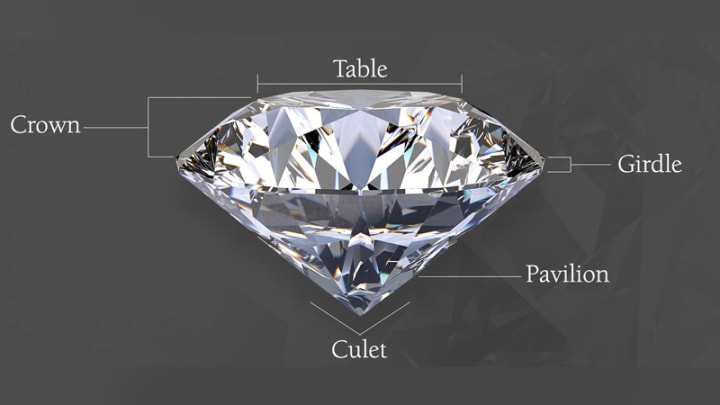
As you’ll be wearing your ruby engagement ring for the rest of your life, you should definitely know about fractures. Fracture inclusions are caused by radioactive material in the host material. Surface-reaching fractures can cause durability issues, making your ruby centerstone more likely to break with a light knock.
The transparency of a ruby can also have a high impact on its price. For instance, the price of a transparent ruby is much more than that of an opaque ruby. If you’re on a tight budget, you might want to switch to a lab-created ruby centerstone.
Cut
The crystal shape of ruby influences its suitability for certain cuts. That’s why you’ve probably seen rubies in only oval and cushion cuts. Emerald, pear, round and marquise cut rubies sell at a premium over those cut otherwise. So, you might want to settle with an oval, heart, square, trillion, or just about any other cut to avoid paying more for your ruby centerstone. The appeal of the shape of your ruby depends on its symmetry. A ruby with good symmetry is a thing of beauty.

Carat Weight
The price of a ruby goes up exponentially as its size increases. As you’re on a budget, you might want to opt for a fine-quality ruby below a carat in size or a commercial-quality ruby.
So, that’s all with the quality and grading factors of ruby. Now, let’s enlighten you about the setting and metal of your most special purchase.
Setting
Solitaire, side-stone and three-stone are some of the most common ring settings. However, the classic solitaire ring setting is perfect for you. That’s because a solitaire ring setting is relatively less expensive than the other ring settings. In order to stick to the budget, you should avoid choosing a ring setting that’s full of tiny diamonds, like the cluster ring setting. This ring setting will surely give you some extra sparkle but will also empty your pockets.
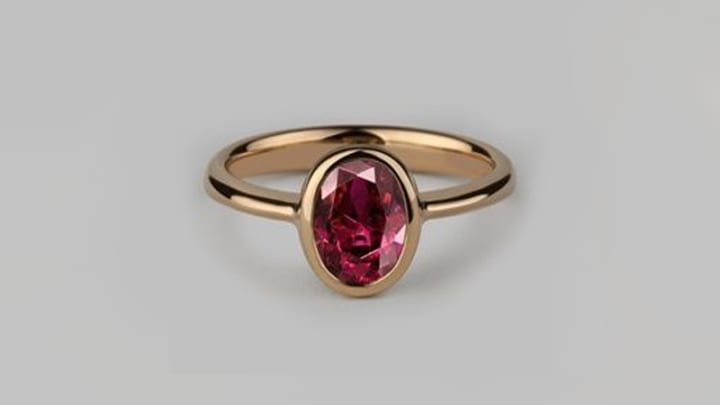
Because the setting of your engagement ring will not only keep its centerstone in its place but also highlight its brilliance, the setting should be chosen after thoughtful consideration. In that sense, you can pick a six-prong ring setting or bezel ring setting. A bezel or six-prong ring setting will not only secure your ruby centerstone but also keeps its fire and brilliance in the spotlight.
Metal
Of all the aspects of your ruby engagement ring, metal is the only aspect that should definitely be chosen based on personal preference. That’s because certain metal alloys can cause skin allergies, so it’s best you choose a metal that goes well with your skin and skin tone. Platinum, being a hypoallergenic metal, makes a good choice. Still, it’s best to figure out beforehand which metals you are allergic to.
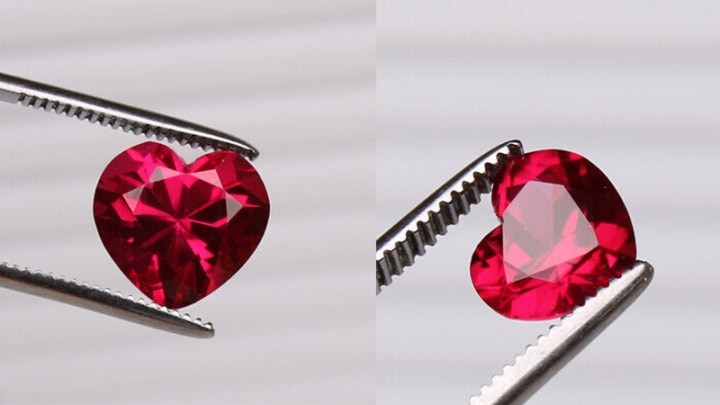
Is today one of your best days?
Rubies are some of the most expensive stones. They can even outdo diamonds sometimes in terms of prices. So, getting an engagement ring embellished with a fine-quality ruby is a daunting task. But, as today’s one of your best days, let me tell you some more tips to save on the ruby centerstone of your engagement ring.
Compared to untreated rubies, heat-treated ones sell for less. Choosing a heat-treated ruby over an untreated one can save you lots of dough. Also, with lab-made rubies, you can get a big stone at a relatively low price.
Moreover, if you are ever so inclined toward getting a big centerstone, you might want to go for a lab-made ruby. Lab-made gemstones are real gemstones. The only difference between a natural gemstone and a lab-created one is that the latter is created in a laboratory under a controlled environment. So, why not pick a lab-created one? It’s as real as the natural one.
About the Creator
Henryy Willsons
Hey, I am Henryy Willsons. I am highly excited about writing. I love to put my thoughts into words and make an impact on others through my writing skills.
https://www.gemsny.com/ruby/basic-search/






Comments
There are no comments for this story
Be the first to respond and start the conversation.